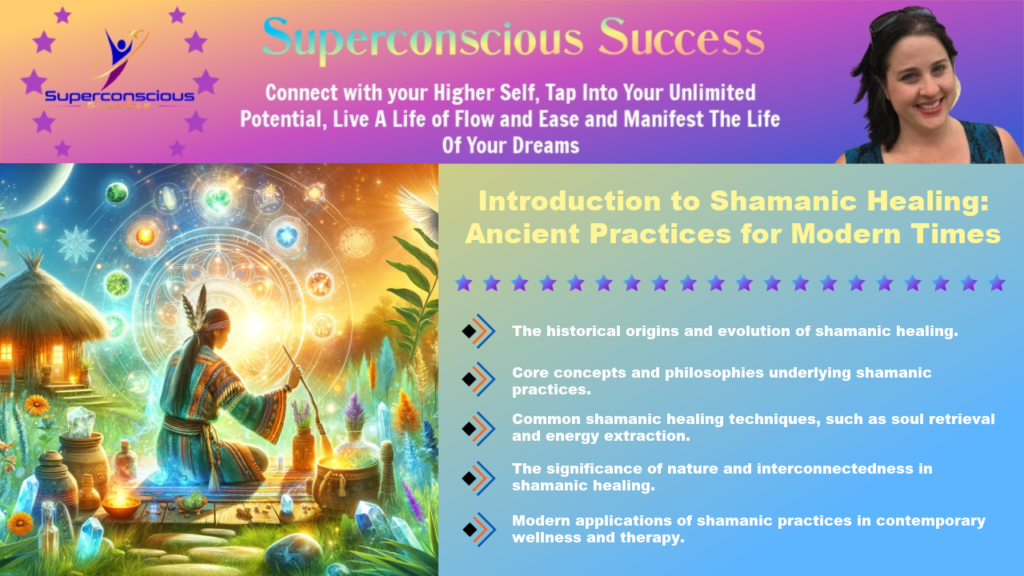
Welcome to a journey through the ancient and profound world of shamanic healing. In this blog post, you’ll discover the rich history and evolution of shamanism, explore its core concepts and philosophies, and learn about common practices and techniques used by shamans. We’ll also delve into the modern applications of shamanic healing, showing how these age-old practices are being integrated into contemporary wellness and therapeutic approaches. By the end of this post, you’ll gain a deeper understanding of how shamanic healing can offer holistic solutions for physical, emotional, and spiritual well-being.
2. Core Concept and Philosophies of Shamanic Healing
Shamanic healing is deeply rooted in an ancient worldview. It encompasses a holistic understanding of the universe. Central to shamanic philosophy is the belief in interconnectedness. Everything in existence is linked through a web of energy and spirit. Humans, animals, plants, and even inanimate objects possess a life force that contributes to cosmic balance and harmony. Therefore, shamans act as mediators, navigating physical and spiritual realms to restore balance.
One primary tenet of shamanic healing is spiritual and energetic equilibrium. According to shamanic belief, illness and suffering often manifest as imbalances within one’s energetic field. This could result from a loss of spiritual power, intrusion of negative energies, or disconnection from nature and the spirit world. Thus, shamans use journeying, soul retrieval, and energy extraction to address these imbalances. These practices facilitate healing on a spiritual level.
The natural world holds immense significance in shamanic healing. Nature is revered as a powerful source of wisdom and healing energy. Shamans work with plant spirits, animal guides, and elemental forces to harness their healing properties. By aligning with nature’s rhythms and cycles, one can promote greater harmony and well-being. This respect for nature underscores the shamanic approach to healing, which is eco-centric and animistic.
Furthermore, shamans view illness as more than a physical ailment. It often indicates deeper spiritual or energetic disturbances. This perspective leads to a comprehensive approach to healing. The aim is to address root causes rather than just alleviating symptoms. Therefore, shamans engage in rituals, ceremonies, and other sacred practices. They facilitate spiritual diagnosis and healing, leading to profound transformations in individuals’ lives.
Understanding these core concepts and philosophies provides foundational insight. Ancient practices continue to offer valuable healing modalities today. Through the shamanic lens, healing is integrative and holistic, encompassing physical, spiritual, and energetic dimensions.

















